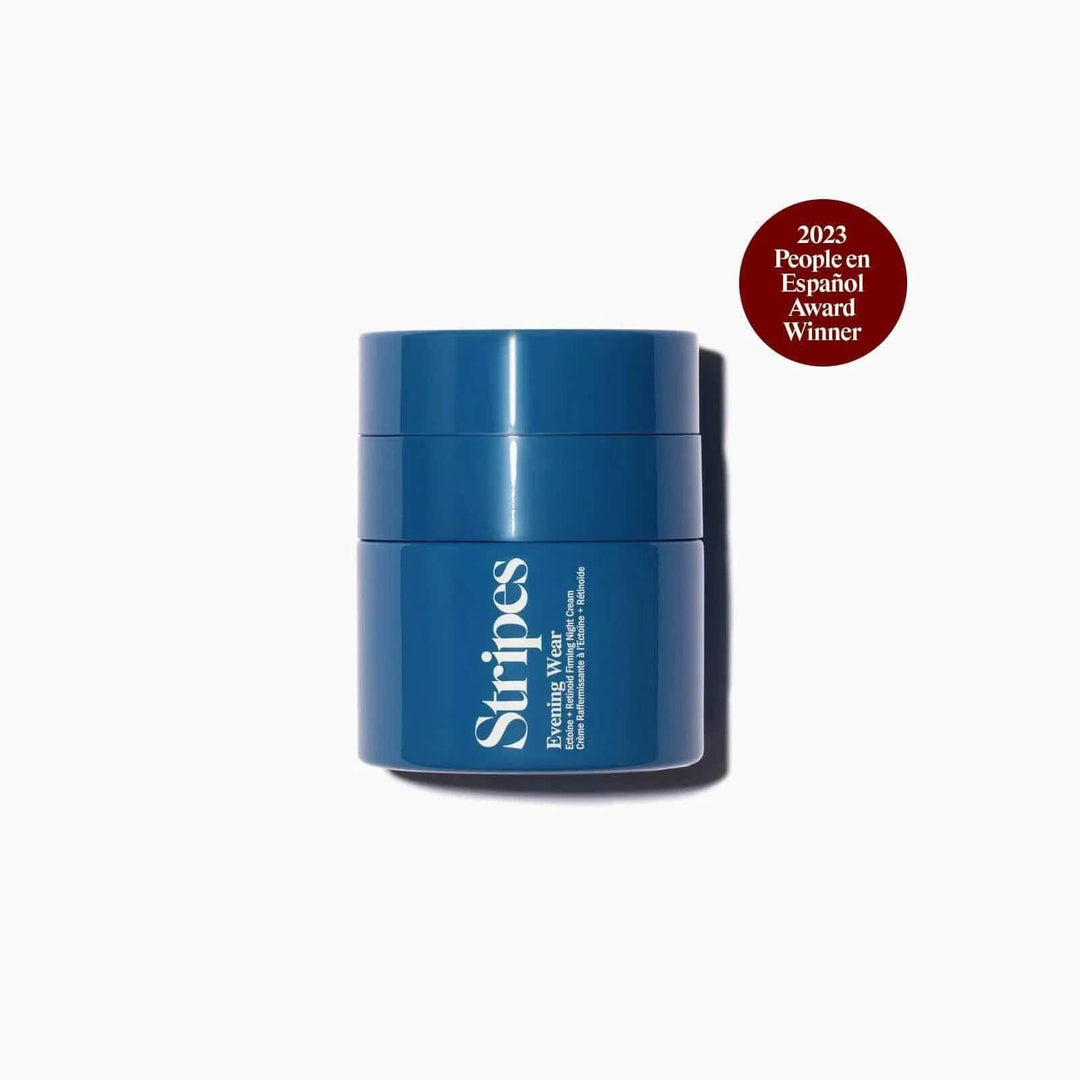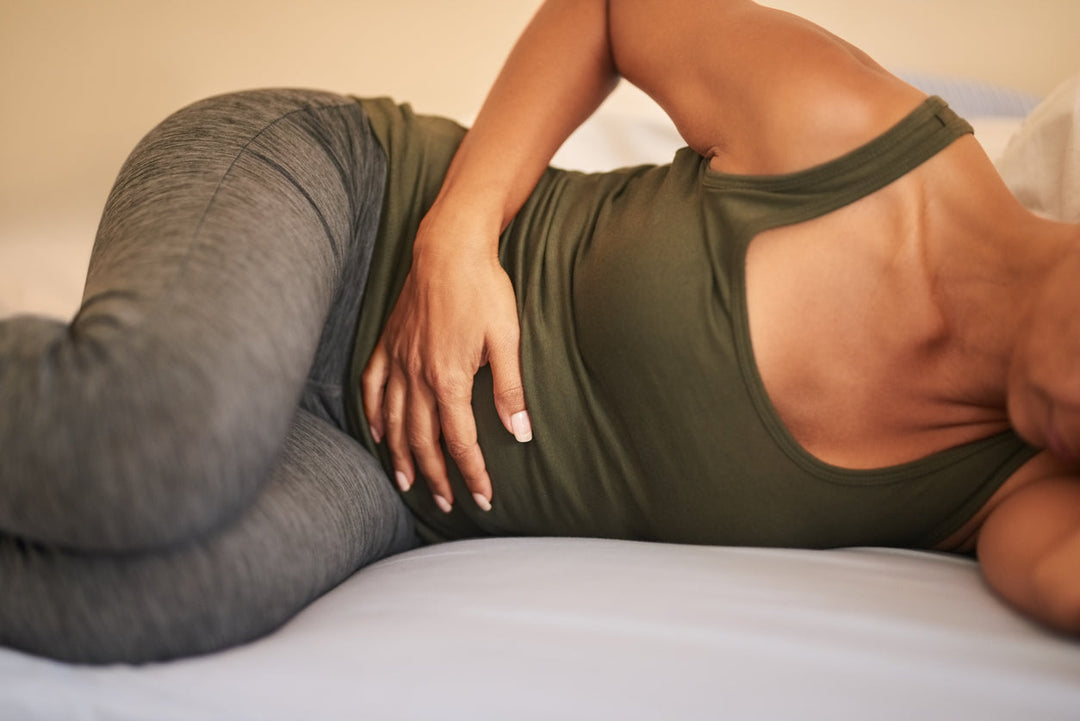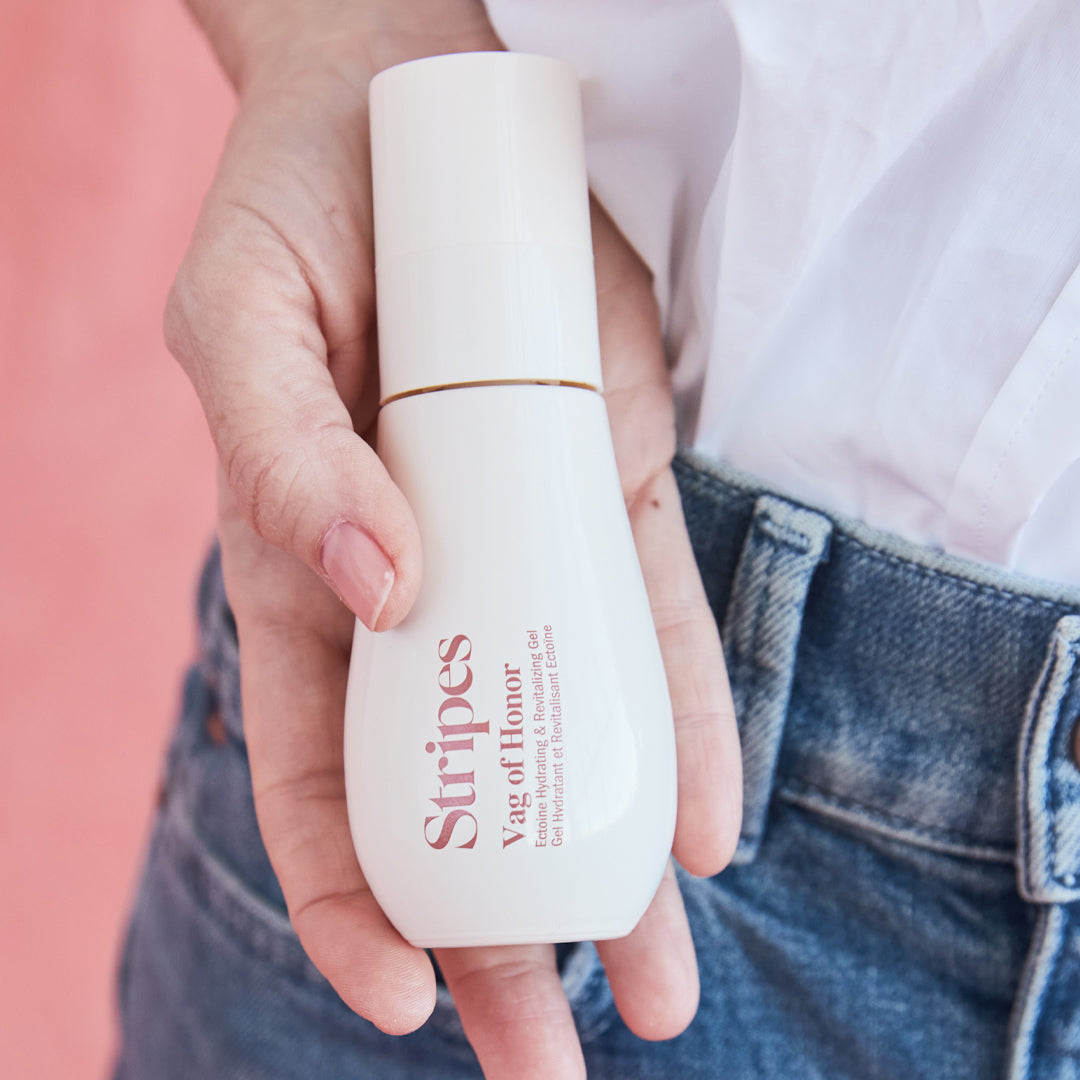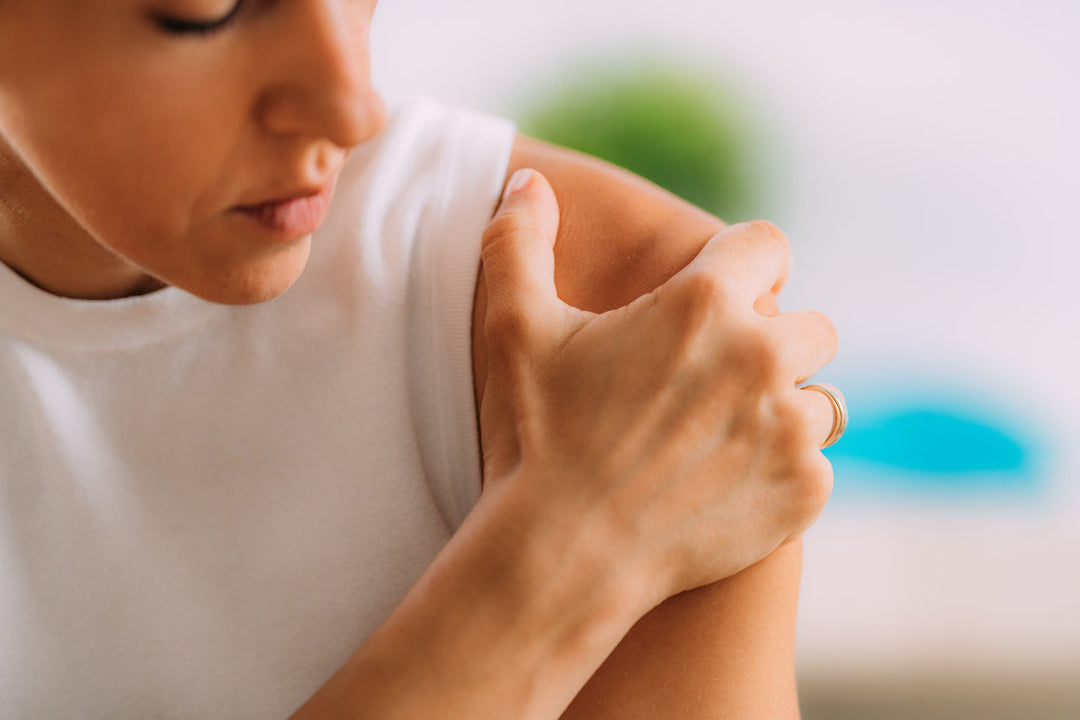Ask A Doctor: Why Am I Getting Such Bad Cramps?
In each installment of Ask a Doctor, your burning questions about hormones, menopause symptoms, sleep, sex, and more are answered by doctors who specialize in treating women in midlife.
This week: Lizellen LaFollette, board-certified OB-GYN, on why cramps can get worse in perimenopause.
Dear Doctor,
I’m 45 and I feel like I’m getting period cramps way more often and more intensely than I used to. In fact, sometimes, I get them when I don’t even have my period! What’s going on with my perimenopause cramps?
Here’s what Dr. Lizellen La Follette has to say about perimenopause cramp
The transition from perimenopause (which generally begins between ages 40-45) to menopause can be unpredictable and tough. Our hormones change during this period, and often, they go into overdrive — you can almost think of it as revving up the system one last time before the ovaries begin to cease functioning. Because of this, many people experience more intense and frequent cramps, bleeding, and night sweats before menopause than after.

Causes of perimenopause cramps
There are a few reasons why you might be experiencing cramps more frequently now. People in perimenopause often ovulate earlier in their cycle than they did when they were younger, and they may experience ovulation cramping (which is called mittleschmerz). We also have shorter menstrual cycles in perimenopause, so you may experience cramps more often than you did in the past — if you are on a 21-day menstrual cycle now, you’ll be cramping more often than when you were on a 31-day cycle.
Why are perimenopause cramps more painful?
However, there’s nothing about perimenopause specifically that should make your cramps feel more painful. If your cramps have suddenly begun to hurt far more than they used to, make sure that you keep a symptom diary, listing what you felt and when you felt it. Then, bring that diary to your medical provider. The sudden appearance of extremely painful cramps isn’t a normal part of perimenopause and could be caused by a medical issue like polyps, fibroids, or lining build-up.
Ways to relieve perimenopause cramps
If your cramps are more of annoyance, however, the best way to deal with them is to take NSAIDS when you experience pain. Make sure to track your cycles so you can understand their new pattern. Once you get an idea of how your new cycle works, even if it’s irregular, you can anticipate when cramps might hit, and better prepare for them.
And remember: perimenopause is a time of constant hormonal change. So even if you track your periods and see that your new cycle is 25 days long, don’t assume that it will stay that way from here on out — it can and might change again.
We’re here to help
Remember, perimenopause is a time of constant change, and your symptoms may fluctuate. By staying informed and proactive, you can navigate perimenopause cramps with greater ease and confidence. If you're looking for more ways to manage perimenopause symptoms, speak with your doctor and check out our Perimenopause Survival Kit.











